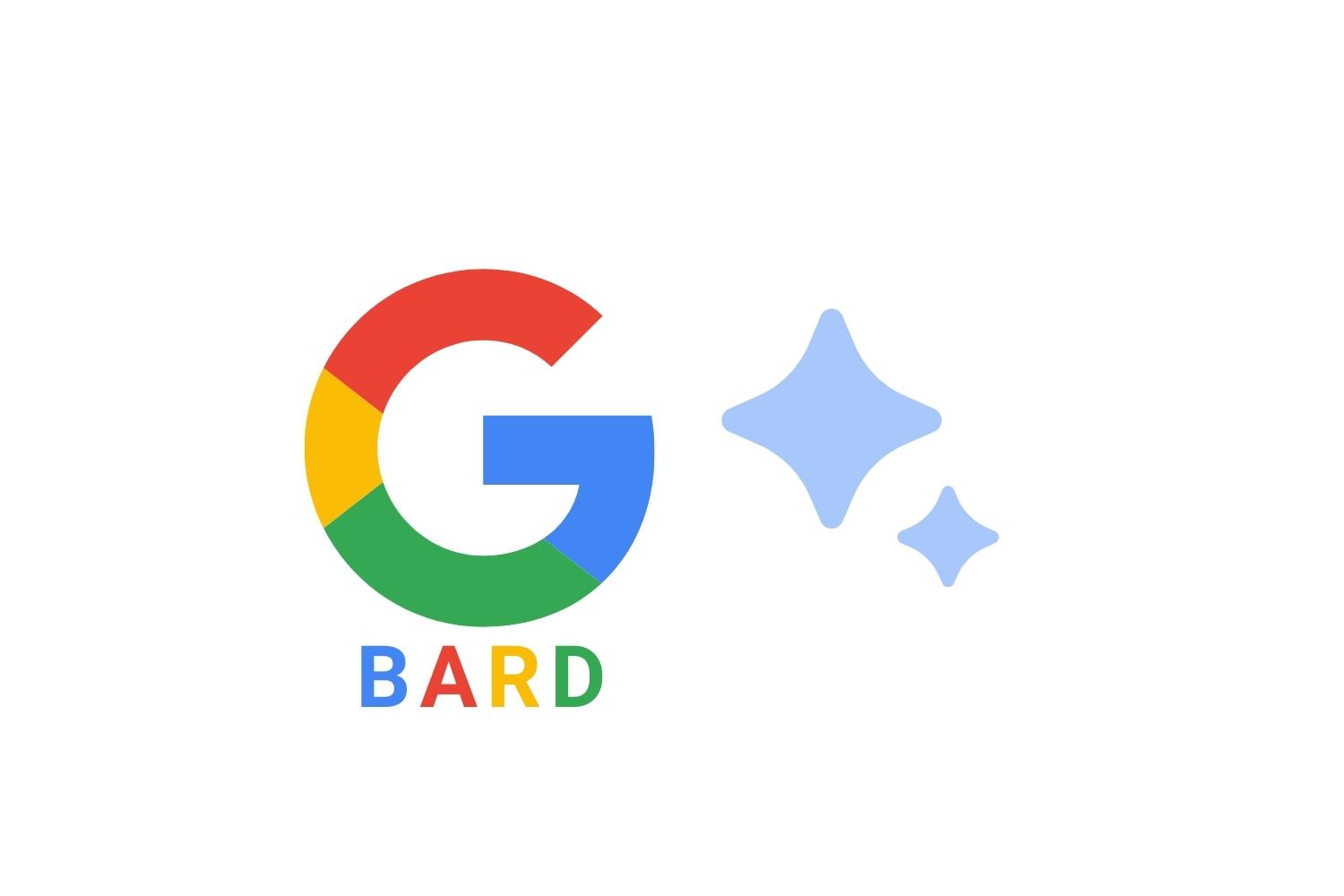Almost everyone knows artificial intelligence-based chatbots, led by ChatGPT, have made a lot of noise in recent months. Google took the last big step in the heated market and launched Bard. In this article, we will discuss Google Bard.
What is Google Bard
Google Bard is a new AI chatbot that has the potential to change the way we interact with computers. Bard is powered by a large language model (LLM), which means it can generate text, translate languages, write different kinds of creative content, and answer your questions in an informative way.
Bard is Google’s conversational generative artificial intelligence chatbot, based on the LaMDA family of large language models. Developed in response to OpenAI’s ChatGPT, Bard was released in March 2023 to mixed reviews. The AI chatbot generates fluent conversations with users and understands and responds to natural language. Bard is designed to be intuitive and user-friendly and is constantly learning and evolving to better understand its users. With its ability to generate natural conversations, Bard has the potential to revolutionize communication.

Google went into red alert state
OpenAI launched ChatGPT in November 2022, a chatbot based on the GPT-3 family of large language models (LLMs). Following its release, ChatGPT became a viral Internet sensation. As a result of ChatGPT’s potential threat to Google Search, Google executives issued a “code red” alert, reassigning several teams to assist the company’s artificial intelligence (AI) efforts. Larry Page and Sergey Brin, who stepped down as co-CEOs of Alphabet in 2019, were summoned to emergency meetings with company executives to discuss Google’s response to ChatGPT in a rare and unprecedented move.
LaMDA, a prototype LLM, had been unveiled earlier that year but not publicly released. As employees asked whether LaMDA was a missed opportunity for Google to compete with ChatGPT at an all-hands meeting, Google and Alphabet CEO Sundar Pichai, along with Google AI chief Jeff Dean, stated that while Google had similar capabilities to ChatGPT, moving too quickly in that field would constitute a major reputational risk due to Google’s size relative to OpenAI. In January 2023, DeepMind CEO Demis Hassabis teased plans for a ChatGPT rival, and Google employees were instructed to accelerate the development of a ChatGPT competitor, intensively testing “Apprentice Bard” and other chatbots. Pichai assured investors during Google’s quarterly earnings investor call in February that LaMDA would be expanded.
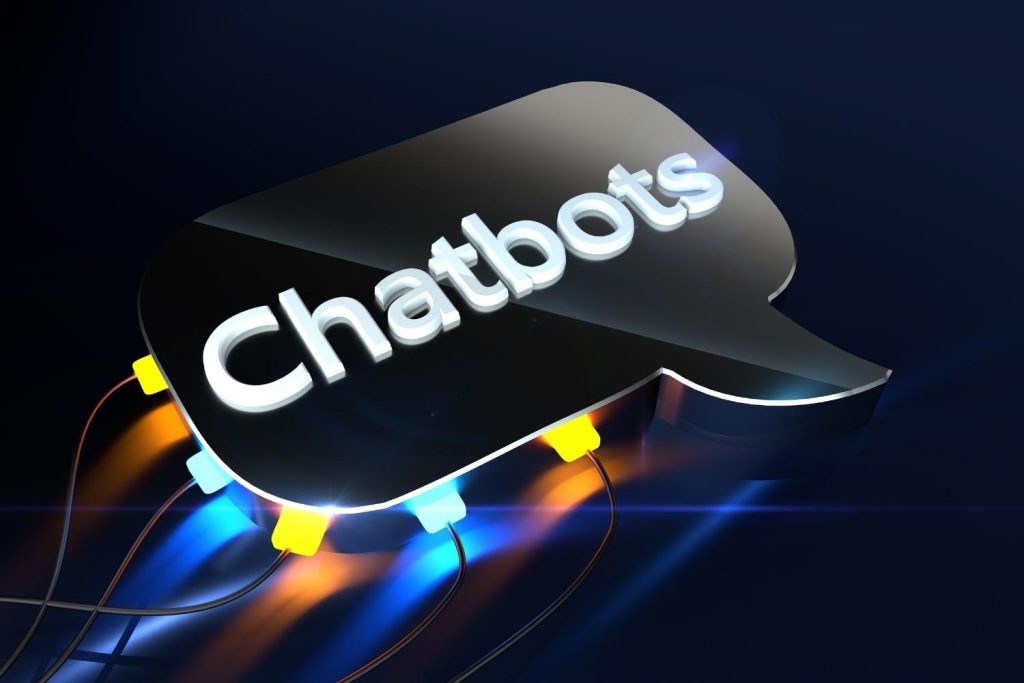
How to use Google Bard?
Here are some step-by-step instructions:
- Go to the Google Bard website.
- Sign in to your Google account.
- In the text box at the bottom of the page, enter your question or prompt.
- Click the “Submit” button.
- Google Bard will generate a response.
- You can then edit the response or ask Google Bard to generate a new one.
Here are some ways that you can use:
- For research: Bard can be used to research a variety of topics. Simply enter your question or prompt into the text box, and Google Bard will generate a response that includes information from a variety of sources.
- For writing: Bard can be used to help you write essays, articles, and other types of documents. Simply enter your topic into the text box, and Google Bard will generate a response that includes ideas, facts, and statistics.
- For creative projects: Bard can be used to help you generate creative content, such as poems, stories, and scripts. Simply enter your prompt into the text box, and Google Bard will generate a response that is creative and engaging.

How Google describes Bard's abilities?
Bard is still under development, but it has the potential to be a powerful tool for creativity, productivity, and learning. For example, Bard could be used to:
- Following instructions and completing requests thoughtfully.
- Using its knowledge to answer questions in a comprehensive and informative way, even if they are open ended, challenging, or strange.
- Generating different creative text formats of text content, like poems, code, scripts, musical pieces, email, letters, etc.
- Help students learn new subjects by providing them with personalized instruction and feedback.
- Translate languages, making it easier for people from different cultures to communicate with each other.
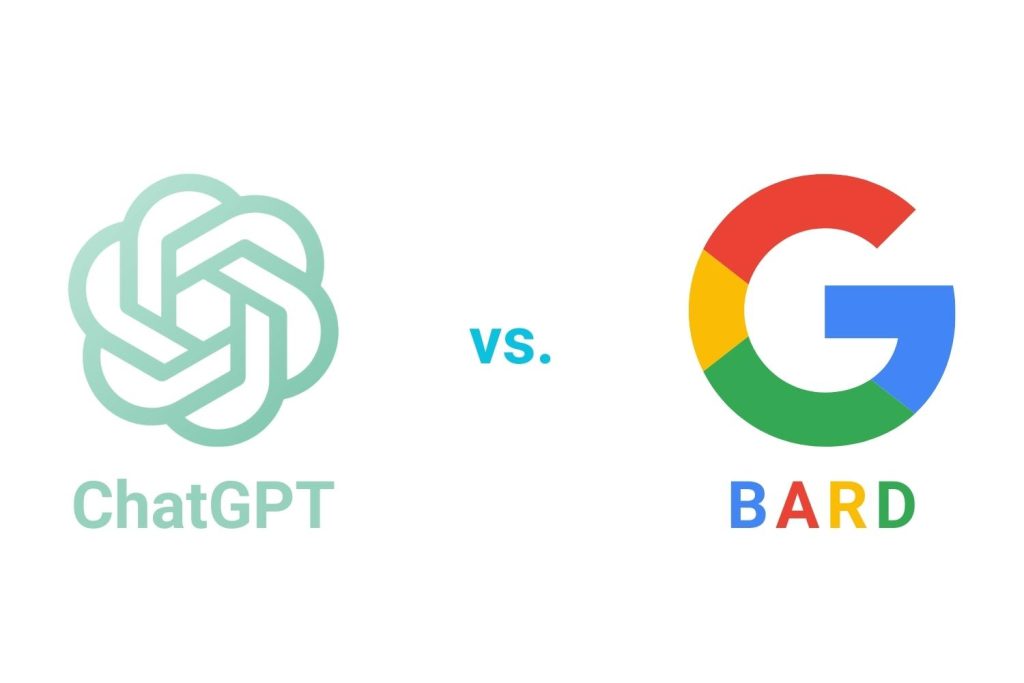
Google Bard vs. ChatGPT
There are a few key differences between ChatGPT and Google Bard:
Data source: ChatGPT is trained on a dataset of text and code that was collected up to 2021, while Bard is trained on a dataset that is constantly being updated. This means that Bard has access to the latest information and can provide more accurate answers to questions.
Capabilities: ChatGPT is better at generating text and summarizing text, while Bard is better at answering questions and providing summaries of information.
Availability: ChatGPT is currently available to the public, while Bard is still in development and is only available to a limited number of users.
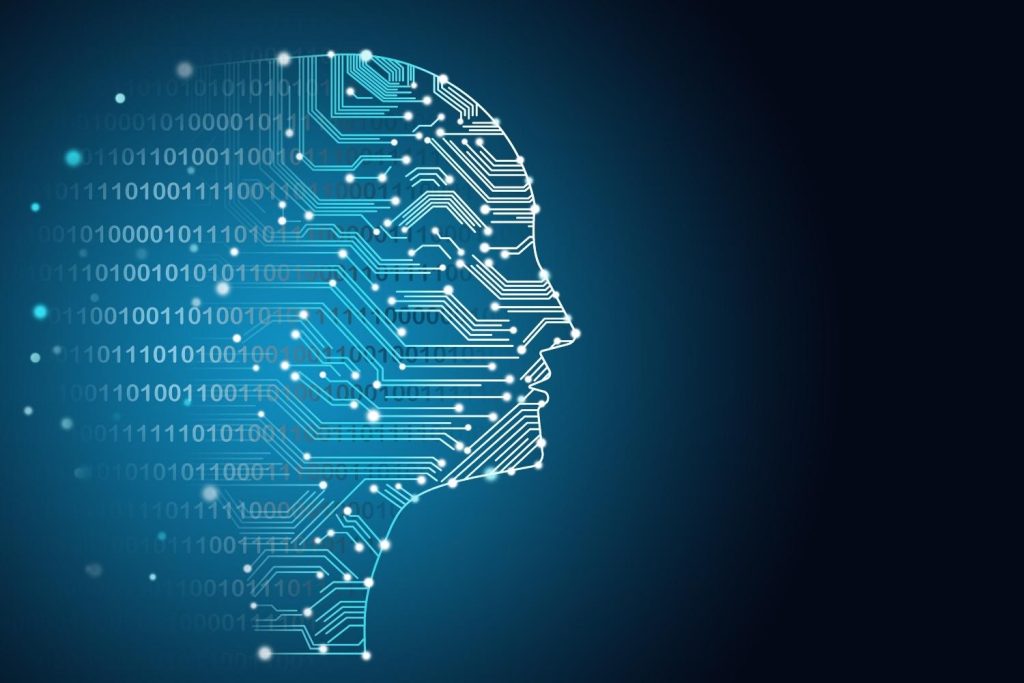
Future of Google Bard’s Development
The next step of development for Google Bard is to make it more accessible to the public. Google is currently working on a way to make Bard available to anyone with an internet connection. They are also working on improving Bard’s ability to understand and respond to complex questions. In the future, Google Bard could be used to improve customer service, education, and healthcare. It could also be used to create new forms of entertainment and art.
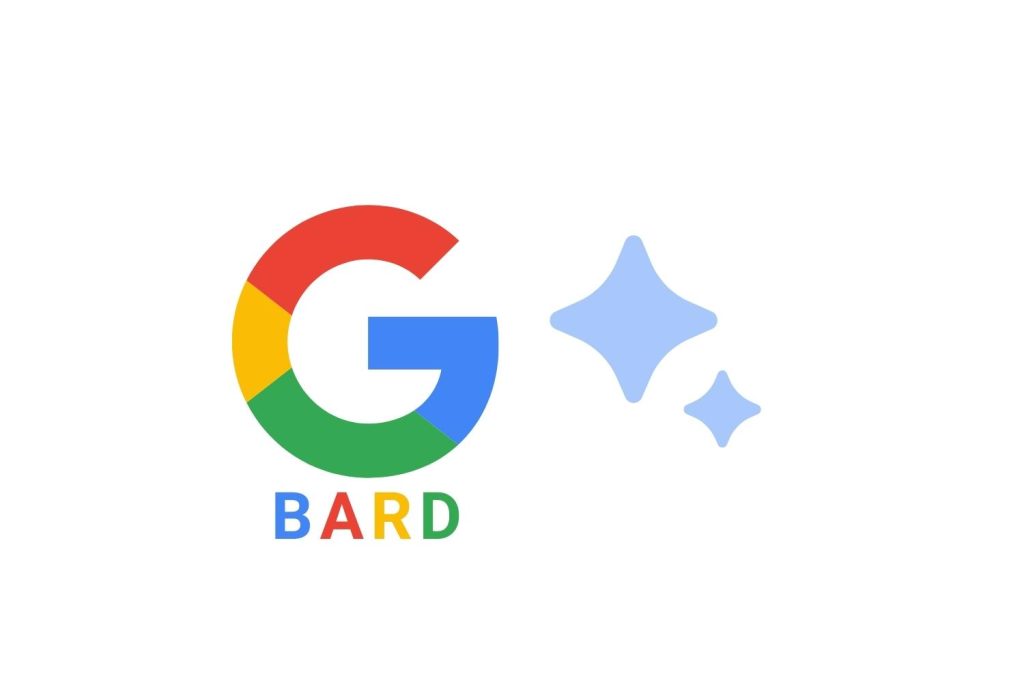
Conclusion
Google Bard is a new AI chatbot that has the potential to revolutionize the way we interact with computers. Powered by a large language model, Bard can generate text, answer questions, translate languages, and even help with creative projects. Bard is designed to be intuitive and user-friendly and is constantly learning and evolving to better understand its users. While still in development, Google is working on making Bard more accessible to the public and improving its ability to understand and respond to complex questions. With its capabilities, Bard has the potential to improve various fields, including customer service, education, and healthcare, and even create new forms of entertainment and art. However, Bard faces competition from OpenAI’s ChatGPT, which has already gained popularity among the public. Despite this, Google is determined to make Bard a powerful tool for creativity, productivity, and learning.
Stay tuned to be notified of similar articles.
Ebubekir Atabey
Data Engineer
